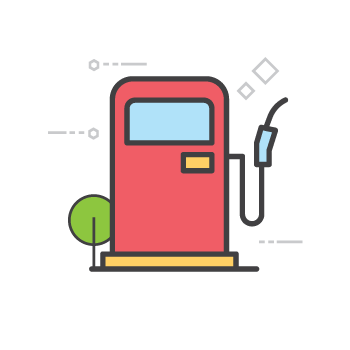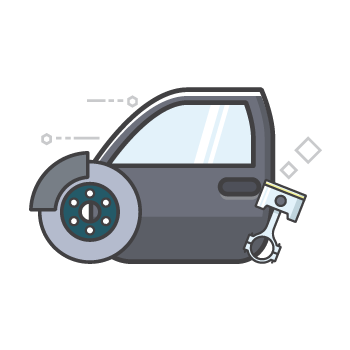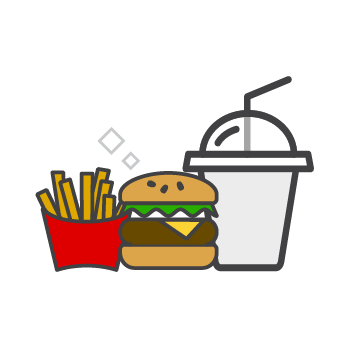Types of Dental Emergencies and How to Deal with Them
by Carolyn Lee Jun 21, 2021
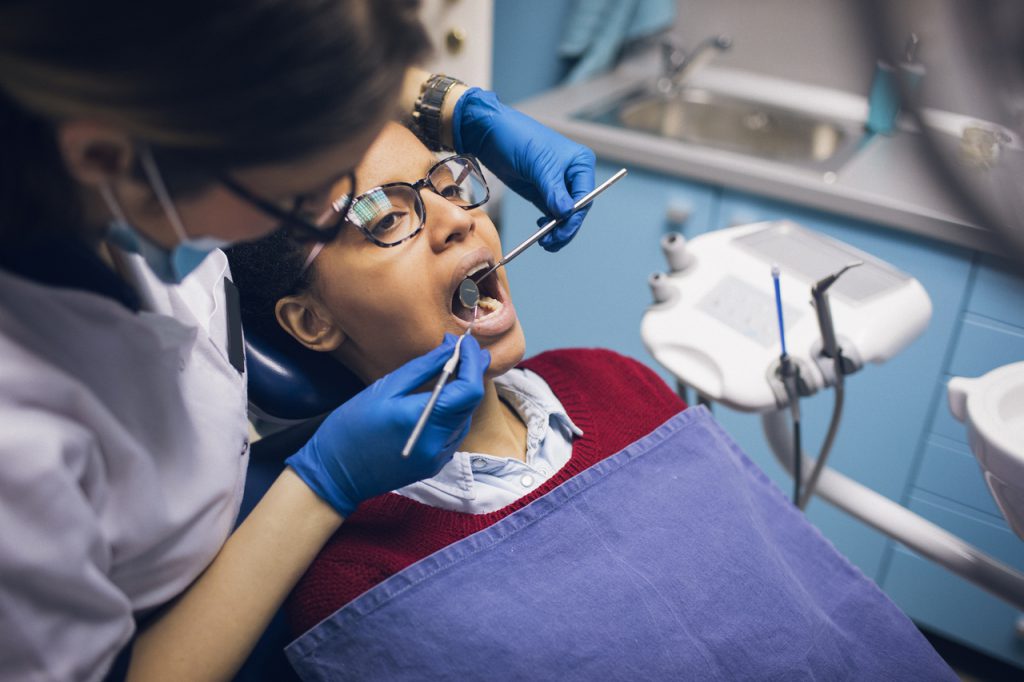
Some dental conditions are classified as emergencies. A dental emergency can happen at any time. Experiencing a dental emergency outside of your dentist’s regular office hours can create even more anxiety if you don’t know what to do. From cracking a tooth to accidentally getting one knocked out, it is easy to panic in the moment.
We are breaking down four common dental emergencies, five dental conditions and how you can deal with them until you get to your dentist.
Dental Emergencies
Abscesses: An abscess is a serious and potentially life-threatening infection that occurs in the space between the teeth and gums, or around the root of a tooth. Some of the signs and symptoms of a tooth abscess include a persistent toothache, swelling in the face, fever, and tooth sensitivity to hot and cold. A pimple-like swelling on the gum near the infected tooth and tender lymph nodes in your neck are also common indicators of an abscess. If left untreated, a tooth abscess can spread into your jaw, and damage surrounding tissue and teeth.
Tip: To reduce the pain and draw the pus to the surface, rinse your mouth with mildly salted water several times.
_____________
Knocked out tooth: Having a tooth knocked out is usually the result of an accident. It is important to stay calm and act quickly, as your dentist may be able to reinsert and preserve your tooth. Recover the tooth by picking it up by the crown. Rinse with water if the tooth is dirty but do not try to remove any tissue fragment. If possible, try to reinsert the tooth into the socket in the correct position. If you are not able to reinsert it, place the tooth in a cup of water that contains a pinch of table salt, or a small container of milk.
Tip: If your dentist can see you and return the tooth to its socket within an hour of it being knocked out, the chances are good that your tooth can be saved.
______________
Chipped or cracked tooth: A chipped or cracked tooth that causes intense pain is also considered a dental emergency. Rinse your mouth with warm salted water and apply a cold compress to the outside of your mouth, cheek or lip near the chipped tooth. This will help to relieve pain and reduce swelling. See your dentist as soon as possible.
Tip: If there’s bleeding, place a piece of gauze on the area for approximately 10 minutes or until the bleeding stops.
___________
Extrusion: An extrusion is a partial displacement of the tooth from its socket that is caused by an injury to the tooth. The tooth may become extremely sensitive, and the extrusion can sometimes cause severe pain. Try to get seen by your dentist as soon as possible.
Tips: Try an over-the-counter pain reliever or apply a cold compress outside of the mouth or cheek in the affected area to ease the pain until your dentist sees you.
__________
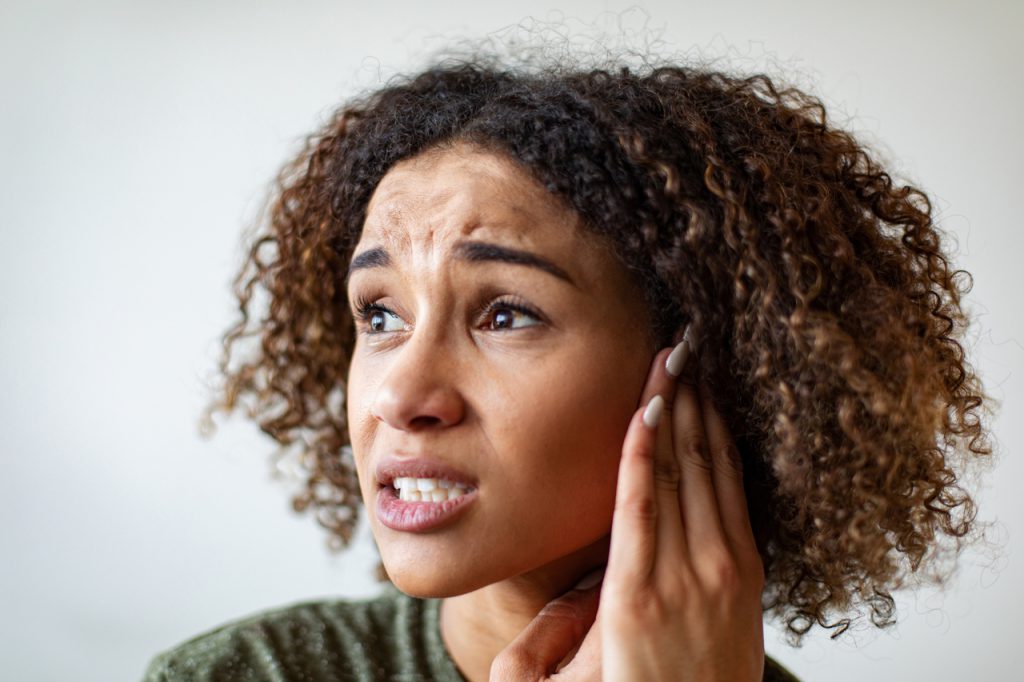
Other Dental Conditions
Lost crown: A lost crown is not a dental emergency unless the jagged edges of your tooth are sharp and can cut the inside of your mouth. Otherwise, you should be able to wait a few days to see your dentist. You can try to slip the crown back over the tooth. Before slipping the crown back on, coat the inner surface or the crown with toothpaste, over-the-counter dental cement, or a dental adhesive to help keep the crown in place.
Tip: If you are experiencing pain, use a cotton swab to apply a little clove oil to the sensitive area.
___________
Lost filling: When air gets into an open filling, it can be uncomfortable and, in some instances, painful. If you have lost a filling, a temporary fix is to use an over-the-counter dental cement or stick a piece of sugarless gum into the cavity. See your dentist as soon as possible.
Tip: Avoid using sugar-filled gum as this can cause pain.
__________
Soft tissue injuries: This includes injury to the tongue, gums, cheeks, and lips that can cause bleeding. Soft tissue injuries may result from accidentally biting your tongue or lips or if you receive an injury inside the mouth. If bleeding occurs, rinse your mouth with mildly salted water. Place a tea bag or moistened piece of gauze on the bleeding site and keep it in place for about 20 minutes. For pain relief, you can also apply a cold compress outside the mouth or cheek in the affected area.
Tip: If the bleeding doesn’t stop after 20 minutes, call your dentist, or head to the emergency room.
______________
Mild toothache: If you have a toothache that presents with a dull pain, it will not be considered a dental emergency. Begin by rinsing your mouth with warm water and then gently floss to remove food that is stuck between your teeth. Apply a cold compress to the outside of your mouth or cheek, if swelling is detected. Although this type of toothache is not an emergency, you should still contact your dentist.
Tip: Do not put aspirin or any other painkiller against the gums near the aching tooth, as it may burn the gum tissue.
_____________
Objects stuck between teeth: Some of the common foods that can get stuck between teeth include popcorn kernels, bread, crackers, meat and bone. Use dental floss to gently remove the object. If the object causes pain, it may cause an infection. If you are not able to remove it, see your dentist.
Tip:Do not use sharp objects or a pin to poke at the stuck object, as this could cause cuts to the gums or scratches on the surface of the tooth.
____________
Quick tips to avoid a dental emergency:
- Be consistent with practicing good dental hygiene.
- Keep your routine check-ups with your dentist.
- Do not use your teeth to cut things or to open bottles.
- Avoid tough bones, ice, popcorn kernel, hard candy or hard foods that may crack teeth.
- Wear a mouthguard during sports or other recreational activities.
Remember, if you are experiencing a dental emergency, you must speak to your dentist. If your dentist is unavailable, go to the emergency room. For a list of dentists near you, search Find Yello.
Sources: WebMD, American Dental Association, Absolute Dental and 3Dental.



